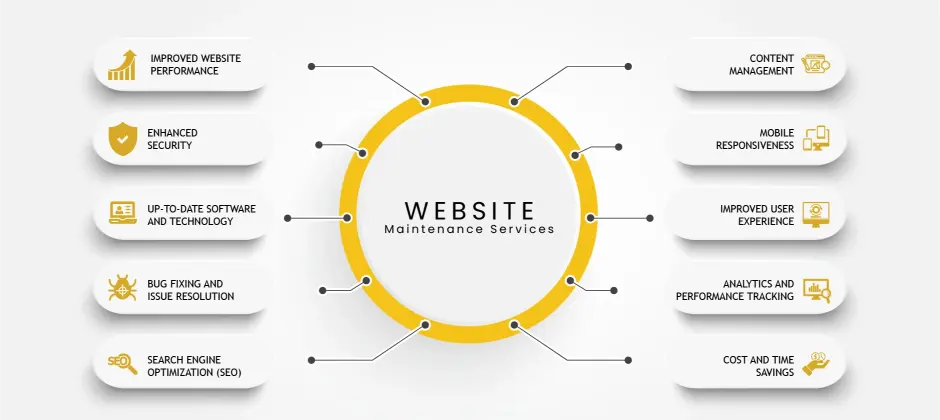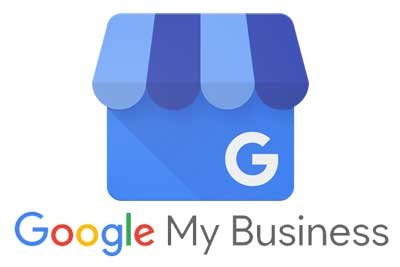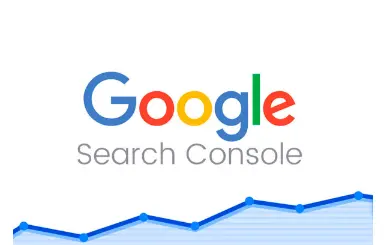How to Actually Use Yoast With Elementor
Today, we will look into how to use Yoast with Elementor effectively, uncovering SEO tips and tricks to elevate your website’s visibility.
The first time you open Yoast it is not exactly self explanatory about what is where or what you need to do. Yes the connection wizard is simple, but what do you after that?
There is a little learning curve, and that is what I want to help you with today.
Understanding Yoast SEO: A Brief Overview
Yoast SEO is a WordPress plugin designed to simplify the complexities of search engine optimization. From content analysis to readability checks, Yoast provides a suite of tools to enhance your website’s SEO performance.
Both the free version and Premium version start the same way: They are almost identical, the major difference is in the premium you can add multiple keywords on each page, and you get the AI tool to help you write your Titles and Meta, and it actually works pretty well.
It is significantly better than using ChatGPT to write your titles and meta, in part because it has been trained for this specific task, and it has access to all the information on your page, which gives it more context when it is crafting for you. More on that later.
How to Actually Use Yoast With Elementor
Installing and Setting Up Yoast: The Initial Steps
- Installation:
Begin by installing the Yoast SEO plugin from the WordPress repository. Activate the plugin to kickstart your SEO journey. - Configuration Wizard:
Yoast offers a helpful Configuration Wizard. Follow its prompts to set up essential features like your website’s name, the type of content you publish, and social media integration.
Ok, that was easy, so now what? You can access the Yoast widget from the WordPress Gutenberg editor, or if you are using Elementor you can now (as of Jan 2024) open directly from inside of Elementor. Go to any ‘page’ or ‘post’ and click on the hamburger in the top left of your screen. There is where your site settings are, and below them you will see the ‘Yoast SEO’ button below the site settings. (Photo Instructions Below)
From there you will see two tabs with a face. Red face means your SEO is sucking, orange means it’s “ok”, and the green smiley face means you are in good shape.
- “SEO Analysis”
- “Readability Analysis.”
The two tabs measure different metrics:
SEO Analysis:
- Focus Keyword:
- This is the primary keyword you’ve identified for your content. Yoast analyzes how well your content incorporates this keyword in key areas like the title, meta description, and throughout the text.
- This is the primary keyword you’ve identified for your content. Yoast analyzes how well your content incorporates this keyword in key areas like the title, meta description, and throughout the text.
- Content Length:
- Yoast evaluates the length of your content, providing recommendations based on the typical content length for effective SEO. It ensures your content provides sufficient information to be valuable to readers.
- Yoast evaluates the length of your content, providing recommendations based on the typical content length for effective SEO. It ensures your content provides sufficient information to be valuable to readers.
- Outbound Links:
- Yoast assesses whether your content includes outbound links to relevant and authoritative sources. Outbound links contribute to the overall credibility of your content.
- Yoast assesses whether your content includes outbound links to relevant and authoritative sources. Outbound links contribute to the overall credibility of your content.
- Internal Links:
- Internal linking is crucial for SEO. Yoast checks if your content includes links to other relevant pages within your website, enhancing navigation and SEO.
- Internal linking is crucial for SEO. Yoast checks if your content includes links to other relevant pages within your website, enhancing navigation and SEO.
- Keyphrase Density:
- Yoast analyzes how often your focus keyword appears in your content. It provides insights into maintaining an appropriate keyword density for optimal SEO.
- Yoast analyzes how often your focus keyword appears in your content. It provides insights into maintaining an appropriate keyword density for optimal SEO.
- Images:
- This section evaluates the presence of alt text in your images with your focus keyword.
- This section evaluates the presence of alt text in your images with your focus keyword.
- SEO Title and Meta Description:
- Yoast assesses the effectiveness of your SEO title and meta description, ensuring they are engaging, contain your focus keyword, and adhere to recommended character limits.
AND
How to Actually Use Yoast With Elementor
Readability Analysis:
-
Sentence and Paragraph Length:
- Yoast evaluates the length of your sentences and paragraphs, providing recommendations for readability. Shorter sentences and well-structured paragraphs enhance content comprehension.
- Yoast evaluates the length of your sentences and paragraphs, providing recommendations for readability. Shorter sentences and well-structured paragraphs enhance content comprehension.
-
Subheadings:
- Proper use of subheadings is crucial for readability. Yoast checks the distribution and structure of your subheadings to ensure a logical flow.
- Proper use of subheadings is crucial for readability. Yoast checks the distribution and structure of your subheadings to ensure a logical flow.
-
Transition Words:
- The analysis assesses the use of transition words, which improve the coherence and flow of your content. Yoast suggests incorporating these words for smoother readability.
- The analysis assesses the use of transition words, which improve the coherence and flow of your content. Yoast suggests incorporating these words for smoother readability.
-
Passive Voice:
- Yoast flags instances of passive voice, encouraging the use of active voice for clearer and more engaging content.
- Yoast flags instances of passive voice, encouraging the use of active voice for clearer and more engaging content.
-
Flesch Reading Ease:
- This score measures the readability of your content. A higher Flesch Reading Ease score indicates easier readability. Yoast premium provides insights into improving this score. But this website will help you for free:
https://hemingwayapp.com/ The goal is to write around an 8th grade level, so that everybody can understand you.
- This score measures the readability of your content. A higher Flesch Reading Ease score indicates easier readability. Yoast premium provides insights into improving this score. But this website will help you for free:
-
Consecutive Sentences:
- Yoast identifies instances of consecutive sentences starting with the same word, encouraging variety for better readability.
So, what Yoast wants to see in your “Focus Keyphrase” in the first H1 as part of the title, in the first H2 or H3 headers, and in the first <p> paragraph. That will make the face happier.
The Goal is to have two happy green faces, at which point your SEO will be above average, helping you to rank higher on Google.
- There is one more tab that you need to be aware of, called Search Appearance. This is where you will access your SEO Title, slug, and Meta Description. PRO TIP, don’t change your slug often, only if becomes really necessary, you don’t want to clutter your site with redirects, it just slows down your page speed, which you can check here: https://pagespeed.web.dev/
Also be aware of the difference between the Focus Keyphrase, and the SEO Title. Yoast does not do a good job of making this clear.
How to Actually Use Yoast With Elementor
Focus Keyphrase:
- The Focus Keyphrase is the primary keyword or phrase you want your content to be optimized for. It represents the main topic or theme of your content.
- Yoast analyzes how well you have incorporated this focus keyphrase throughout your content, including in crucial elements such as the title, headings, and body text.
- It helps Yoast evaluate the relevance of your content to the chosen keyphrase and provides insights into its usage and distribution.
SEO Title:
- The SEO Title, also known as the meta title or title tag, is the title that appears in search engine results when your page is displayed. It is a concise and compelling title that summarizes the content of your page.
- While the Focus Keyphrase represents the main topic, the SEO Title is a strategic and catchy headline designed to attract clicks from search engine users.
- Yoast allows you to customize the SEO Title to ensure it is engaging, relevant, and contains the focus keyphrase, providing guidance on optimal length and keyword placement.
SEO Tips and Tricks with Yoast:
-
Focus on Keyword Optimization:
- Leverage Yoast’s content analysis tool (paid version) to optimize your focus keyword. Ensure it appears in key elements such as the title, meta description, and throughout the content. Otherwise, you can use Google Planner
-
Craft Engaging Titles and Meta Descriptions:
- Yoast allows you to customize your title and meta description. Make them compelling, relevant, and within the recommended character limits for optimal click-through rates.
-
Utilize Readability Analysis:
- Improve user experience by paying attention to readability. Yoast’s readability analysis provides insights into sentence structure, paragraph length, and subheading distribution.
-
Optimize Content Structure:
- Yoast encourages a well-organized content structure. Utilize headings, subheadings, and bullet points to enhance readability and SEO.
-
Utilize the Yoast SEO Snippet Preview:
- Take advantage of the snippet preview feature. It simulates how your content will appear in search engine results, allowing you to fine-tune your presentation.
-
Handle Redirects Effectively:
- Yoast facilitates easy management of redirects. But best practices is to avoid them when possible.
-
Use Yoast’s XML Sitemap:
- Enable and submit your XML sitemap to search engines through Yoast. This helps search engines understand your website’s structure and index it more effectively.
-
Monitor Yoast SEO Insights:
- Regularly check the SEO insights provided by Yoast. Address any issues flagged and capitalize on opportunities to enhance your SEO strategy.
In addition to Yoast, I quite like Screaming Frog It is useful to do a global check of your website for issues and opportunities. And be sure to get a free account at Ahrefs. They will send you weekly reports about your websites health, and rankings.
Also check out my blog about the 20 Unwritten Rules of On-Page SEO
Always be kind,
#thepragmatictechie
By Frank Joseph Rodgers

















